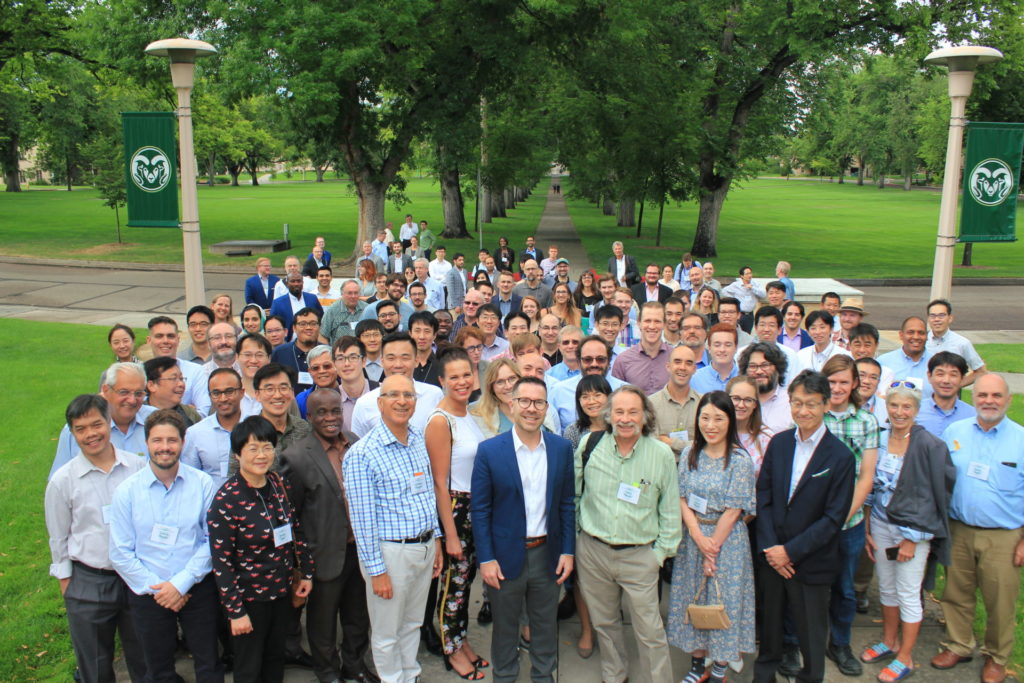
The market for microgrids has grown dramatically in the 15 years since the Symposium on Microgrids debuted with about 4,500 projects worldwide now totaling a capacity of about 27 gigawatts.
CSU’s reputation for groundbreaking microgrid research drew the symposium to the university this summer with 140 microgrid experts from 24 countries discussing key technical, economic, and policy issues pertinent to future work in the industry.
Microgrids are small power systems that can create electrical islands; an example is a hospital with its own power plant that can continue generating power during a grid blackout.
“I was honored to host the Fort Collins 2019 Symposium,” said Jim Cale, symposium steering committee member and associate professor in CSU’s recently launched Systems Engineering department. “Microgrid technology is altering the energy landscape and will help increase the resiliency of the electrical grid; it will definitely influence how electrical power will be distributed and managed in the future.”
The Event
The four-day symposium was sponsored by CSU’s Office for the Vice President of Research, Moser Energy Systems, Platte River Power Authority, RTDS, NREL, Typhoon, Spirae, Goldwind, and Vestas.
The event began with a reception and tour of the CSU Powerhouse Energy Campus with opening remarks by Bryan Willson, director of CSU Energy Institute and Sonia Kreidenweis, CSU Associate Dean for Research. Mechanical engineering professor and Fort Collins Mayor Wade Troxell gave the opening keynote address and technical sessions and panels were led by Cale, Electrical and Computer Engineering Professor Sid Suryanarayanan, and CSU Energy Institute senior research associate Dan Zimmerle. Attendees also participated in tours at the National Renewable Energy Laboratory in Golden, and analyzed the DC microgrid project at The Alliance Center in Denver.
“The world of microgrids has transformed since the first symposium in 2005. At that time, only a small group of researchers were focusing on microgrids as we currently think of them,” said Chris Marnay, senior scientific fellow at Lawrence Berkeley National Laboratory and one of the symposium founders. “Almost all the activity was in North America, Europe, and Japan, and the technology was unproven.”
The Future
Since then, “microgrid” has secured a stable slot in the everyday energy lexicon, and the future of microgrid technology is bright. Major focus will be placed on using remote microgrids to bring electricity to one billion-plus people currently lacking any access.
In such regions, the traditional grid model might be skipped entirely, just as landline telephones couldn’t compete with mobile communications. Another important topics for microgrid researchers and policymakers today is the potential to use microgrids to enhance the resiliency of the overall power grid so it’s able to provide power to critical facilities during emergencies, helping to mitigate the consequences of cyber or physical attacks.
For more information about the symposium, or to inquire about undergraduate or graduate research openings in microgrids, contact Jim Cale at jcale@colostate.edu.